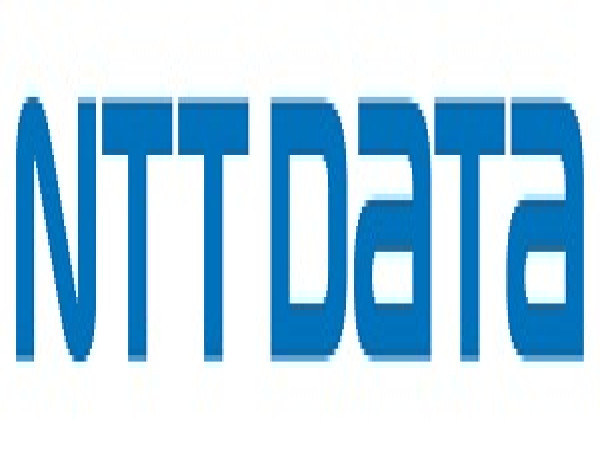NTT DATA, a global digital business and IT services leader, has today launched a new global research report uncovering the use of generative AI (GenAI) in the banking sector worldwide. The report, titled “Intelligent banking in the Age of AI,” has found that despite the growing adoption of GenAI technology in the banking industry, banks and financial institutions are split when it comes to outcome-based strategies – only half of banks (50%) see it as a tool for improving productivity and efficiency. Similarly, half (49%) believe it can be used for reducing operational IT spend.
Transforming Banking Through GenAI
GenAI is more disruptive than any previous advance in banking technology. It is less a question of if, but when banks embrace this technology, due to its transformative ability to embed intelligence at every layer of the banking ecosystem, from core banking to front-end systems. GenAI is already making waves in the banking industry, with 6 in 10 organizations (58%) already fully embracing its transformative potential, an increase from 2023, when only 45% of organizations had fully embraced GenAI, according to NTT DATA’s research.
“Generative AI represents a pivotal moment for the banking industry,” said Robb Rasmussen, Head of Global Marketing & Communications, NTT DATA. “While the potential benefits are enormous, the challenges of implementing GenAI are complex and varied, requiring careful navigation and a structured approach. Given the anticipated high spending on GenAI, achieving a return on investment is crucial. Many banks will be expecting GenAI to drive long-term savings by automating IT tasks, improving operational efficiency, and creating competitive advantages, but it’s important to note that achieving meaningful ROI requires a clear strategy, tailored implementation, and robust governance at the same time.”
Financial constraints increasing pressure on ROI
ROI has become a top priority for GenAI implementations, yet banking organizations are split in their opinions of which strategies are most important to them. Banks have long struggled with boosting productivity, and GenAI is poised to present a solution to this problem, but only half of banking leaders (50%) see it as a solution to current productivity woes. Cost optimization is another area where banks are split, with just under half (49%) looking to reduce IT budgets accordingly.
This disparity is highlighted on a global scale too – for example, almost 6 in 10 US banks (59%) are keen to reduce IT budgets and almost half (47%) want to cut operations budgets, while only 4 in 10 banks in Europe (43%) have IT budgets front of mind and just over a third (36%) are concerned with operations costs. Meanwhile productivity is the most important factor for European banks (46%), yet the US and APAC are placing even more emphasis on productivity themselves in comparison.
Key performance indicators (KPIs) that financial institutions are using or planning to use to evaluate the success of Generative AI initiatives:
| Europe | US | APAC | LATAM | Japan | ||||||
| Improved productivity/efficiency | 46% | 52% | 58% | 43% | 35% | |||||
| Competitive advantage | 42% | 48% | 57% | 48% | 40% | |||||
| Cutting costs/Reducing IT budget | 43% | 59% | 51% | 44% | 48% | |||||
| Cutting costs/ Reducing operations budget | 36% | 47% | 49% | 36% | 28% | |||||
| Accelerate speed to innovate | 37% | 34% | 50% | 41% | 35% | |||||
| Increased net promoter score | 29% | 25% | 31% | 26% | 40% |
Differing strategies across differing regions
Strategies for realizing these benefits of GenAI differ vastly among organizations too. While around half of organizations are focusing on collaboration between humans and AI (51%) or a hybrid approach with existing systems (47%), over a quarter (28%) of banks are hoping to fully automate tasks and remove the need for manual input entirely. Fully automating tasks is an area which divides opinions worldwide as well, with a quarter of banks in the UK (25%) and Europe (24%) looking to fully automate the process, while almost a third of banks (32%) in the Americas and 35% of Japanese banks are looking to do the same.
Robb Rasmussen, Head of Global Marketing & Communications, NTT DATA added: “It is clear that the ability to balance innovation with fiscal responsibility will define success for banks. However, many banks are lacking in maturity when it comes to this technology and are unsure where to start. Partnering with systems integrators can be a good starting point, allowing them to access the latest knowledge while ensuring compliance with industry regulations. By working with specialized providers, banks can ensure that GenAI implementations can deliver the desired ROI, while maintaining robust data protection measures and meeting both internal security standards and regulatory requirements.”
NTT DATA’s research dives into specific areas of the banking industry, including Payments and Wealth Management, as well as Fraud Prevention. To read the full report, please go to “Intelligent banking in the Age of AI”
About the Research
NTT DATA's survey was carried out on 810 banking leaders, from all global banking markets, and provides a 360-degree perspective on the sector's journey towards innovation and GenAI adoption. This survey was led by NTT DATA Group's Global Industry Office, part of the Global Marketing & Communications Headquarters.
View source version on businesswire.com: https://www.businesswire.com/news/home/20250209166436/en/
![]()






